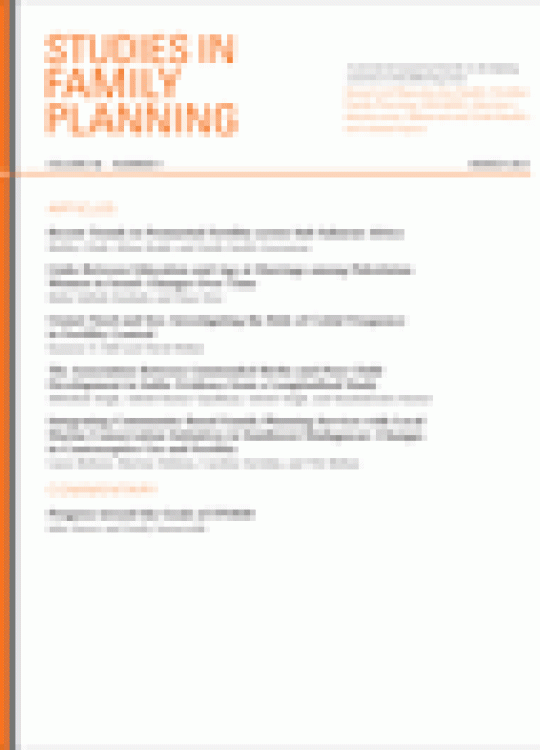
Breadcrumb
The Association Between Unintended Births and Poor Child Development in India: Evidence from a Longitudinal Study
Evidence on the association between unintended births and poor child development in developing countries is limited. The authors used data from three waves of the Young Lives study on childhood poverty conducted in Andhra Pradesh in 2002, 2006–07, and 2009 to examine the association between unintended births and poor child development in India.
Multivariable linear regression models were used to examine the association between unintended births and four indicators of child development—height-for-age Z-score (HAZ), Peabody Picture Vocabulary Test (PPVT) score, Mathematics Achievement Test (MAT) score, and Early Grade Reading Assessment (EGRA) test score. The Propensity Score Matching (PSM) technique was also used to analyze data. Children who were reported as unintended at birth had significantly lower HAZ, PPVT, and EGRA scores compared with those who were reported as intended. PSM results support the findings from the multivariable linear regressions.
The findings provide evidence on the association between unintended births and poor child development in India. Future studies must take into account the unobserved heterogeneity that the study could not address fully.
The Association Between Unintended Births and Poor Child Development in India: Evidence from a Longitudinal Study.

